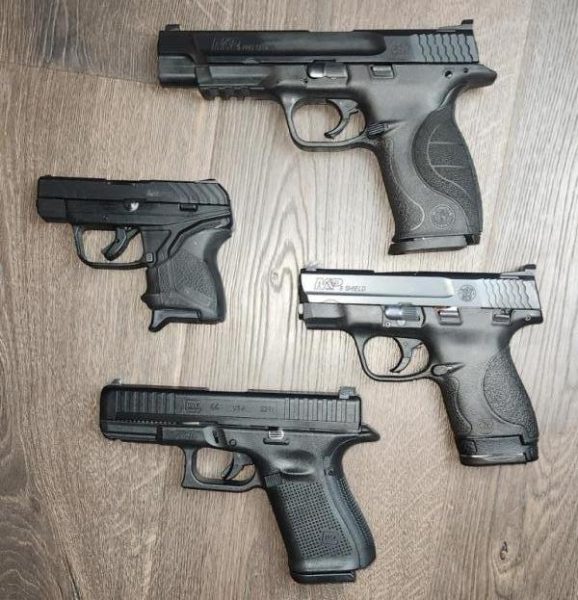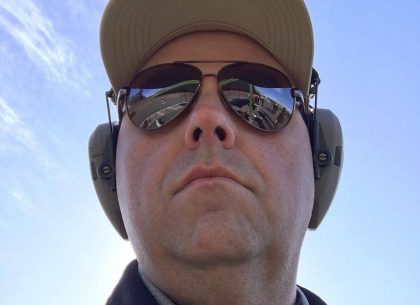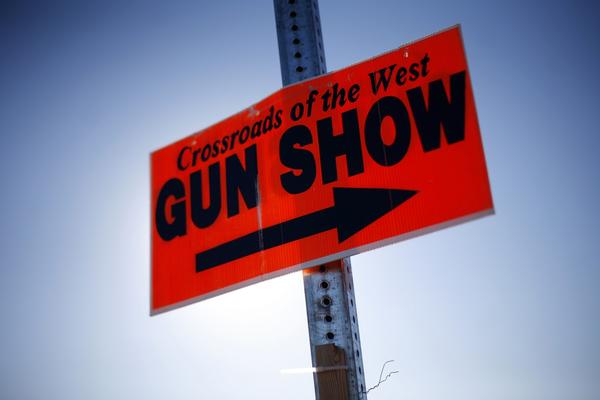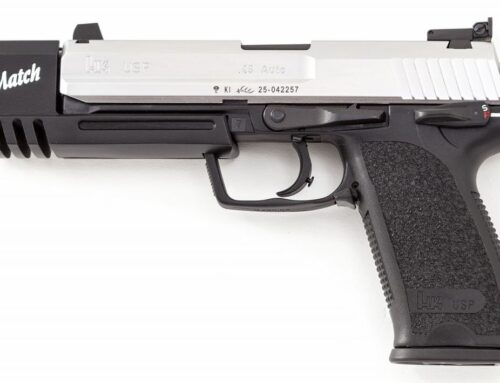Hang around the gun world long enough, you pick up things along the way, little tips and tidbits. But what if you could learn them ahead of time instead? What if you could avoid the mistakes and pitfall so many new gun owners encounter simply because they don’t any better?
Well, I’m here to help you get a jump on your gun knowledge and save you a few years of what a school teacher I know calls “discovery learning.”
The Rules of Gun Safety
Let’s start with the basics. You’ll hear these a lot, and for good reason. They are important. As in super important and never to be forgotten. You can’t hear (or read) them too many times:
- Treat every gun as if it’s loaded.
- Keep your finger off the trigger until you’re ready to shoot.
- Never point a gun at anything you don’t want to kill or destroy.
- Know your target and what’s beyond it.
Following these simple yet important safety rules can prevent those “oops” moments when something bad happens and someone goes to the hospital or the morgue.

Choosing a gun
- There is no one “perfect” gun. No perfect brand, no perfect model, no perfect size, and no perfect caliber. Just like there is no one perfect pair of shoes that works perfectly for every occasion. Would you go to the beach and climb Mt. Everest in the same pair of flip-flops? Needs vary, which is why there are so many guns to choose from. What works for me might not work for you, and vice versa. Try out a few to find the best one for you.
- Never let your significant other choose a gun for you. It’s fine to consult about what you want and need, but ultimately, it’s your gun, so you choose. Pick your gun based on your needs, not someone else’s.
- Small guns are easier to conceal but harder to shoot. It’s physics. Bigger guns have more mass, which reduces felt recoil. While smaller guns may (or may not) be easier for smaller hands to hold, they are snappier and less comfortable to shoot, so you will likely not want to take it to the range and practice, something you need to do if you want to get better. You also might be afraid to use it when you need it the most.
- Pick a gun with good aftermarket support. The more popular a gun, the better selection of holsters, upgraded sights, lighter triggers, etc.
- A more expensive gun will not make you a better shooter. Buy an average-priced gun and invest the difference in classes and private instruction instead.
Gearing up
- Buying a gun is the entry drug to the gun world. Once you have a gun, you’ll want to accessorize it, change it up a bit, and make it your own. Then you’ll need a range bag, a safe, ear protection, eye protection — the list goes on and on. Get ready to fork over some serious dough if you want the good stuff, which you do.
- Don’t scrimp on your gear. Get the good stuff. For the most part, you get what you pay for. Every once in a while, you’ll find a less expensive gem, but most of the time, the more expensive option is the right one.
- Invest in a good pair of electronic ear protection. Electronic ear pro lets you hear ambient sound and any instructions when nobody is shooting. Once guns start firing, the electronic microphones instantly shut off to protect your ears.
- Get a good quality range bag. It’s a great way to keep all your gear together, such as eye and ear protection, spare magazines, a small cleaning kit, some first aid accessories, and other things you might need all in one handy grab-and-go bag.
Setting expectations
- Buying a gun does not make you Annie Oakley or Jerry Miculek. As Gunsite Academy founder Col. Jeff Cooper famously put it, “Just because you own a guitar doesn’t make you a musician.” You will have to practice — a lot. And then practice some more. Never stop practicing.
- You will never get better if you don’t practice. Shooting is an acquired skill. You’ll lose it if you don’t use it.
- Modern guns are very accurate. If you keep missing the target, there is a 99% chance it’s not the gun’s fault. It’s you. Don’t blame the gun. Figure out what you’re doing wrong and fix it.
- Take classes. Lots of them. You will learn more in a few hours on the range with a qualified instructor than you will learn in years of practice on your own.
- Get outside help from a qualified instructor. It’s nearly impossible to fix your mistakes if you’re relying only on yourself to spot them and solve them. Learning from someone who knows more than you will save you copious amounts of time and frustration.
Range tips
- Follow all the safety rules — not just the four mentioned above but any specific extra rules the range has.
- Be mindful of everyone around you, not just out of courtesy sake but also for your own safety. Not everyone follows the rules of gun safety all the time. Stay alert to keep yourself out of harm’s way if someone else screws up.
- Mind your brass. Are your spent casings flying into the booth next door at the indoor range? If so, apologize and then bring your gun back a little behind the ballistic barrier when shooting so your brass stays in your lane.
- Pick or sweep up your brass when you’re done. Sure, the range probably employs someone to do this, but be nice and sweep up what you shoot. It makes everyone’s experience better and keeps the range neater.
- Wear a hat with a brim even when shooting indoors to prevent a hot spent casing from landing between your eyebrow and eye protection. Think it won’t happen? Ask someone who has experienced it. There are plenty of us around.
- Ladies, mind your cleavage, not because it might get you unwanted attention from the men shooting around you but because V-neck shirts and sweaters tend to be brass magnets. I can’t tell you how many lady students I’ve taught or shot with who got a spent casing fresh and hot out of the chamber fly right down their shirt front. It’s more than a bit uncomfortable. And if you have a gun in your hand when it happens, it can be downright dangerous.
- Speaking of spent brass, if you wear a hoodie, check the hood after you’re done shooting. Like cleavage for women, hoods on anyone tend to catch flying casings. You’ll likely find a few inside.
This is a relatively short list of tips for new gun owners. Got any more? Share your experiences and tips in the comments below. Together, we can all be better gun owners.
ABOUT THE AUTHOR:

David Workman is an avid gun guy and a contributing writer to several major gun publications. As an NRA-certified instructor, David trains new shooters on basic handgun skills and CCW requirements and is a strong advocate for training as much as possible. “Real-life shootouts don’t happen at a box range.”











